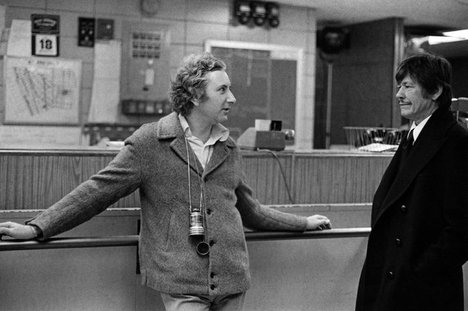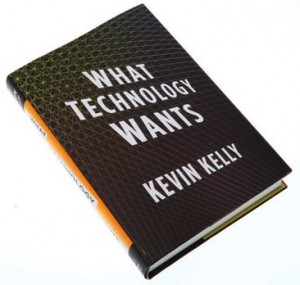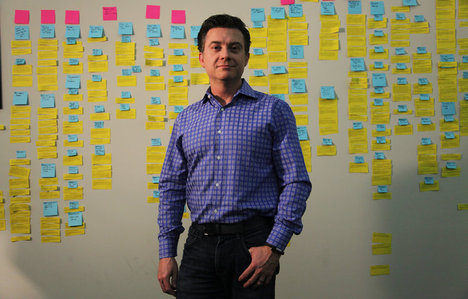(p. A29) CAMBRIDGE, Mass. In May 2010, we published an academic paper, “Growth in a Time of Debt.” Its main finding, drawing on data from 44 countries over 200 years, was that in both rich and developing countries, high levels of government debt — specifically, gross public debt equaling 90 percent or more of the nation’s annual economic output — was associated with notably lower rates of growth.
. . .
Last week, three economists at the University of Massachusetts, Amherst, released a paper criticizing our findings. They correctly identified a spreadsheet coding error that led us to miscalculate the growth rates of highly indebted countries since World War II. But they also accused us of “serious errors” stemming from “selective exclusion” of relevant data and “unconventional weighting” of statistics — charges that we vehemently dispute.
. . .
Our 2010 paper found that, over the long term, growth is about 1 percentage point lower when debt is 90 percent or more of gross domestic product. The University of Massachusetts researchers do not overturn this fundamental finding, which several researchers have elaborated upon.
. . .
There were just 26 cases where the ratio of debt to G.D.P. exceeded 90 percent for five years or more; the average high-debt spell was 23 years. In 23 of the 26 cases, average growth was slower during the high-debt period than in periods of lower debt levels. Indeed, economies grew at an average annual rate of roughly 3.5 percent, when the ratio was under 90 percent, but at only a 2.3 percent rate, on average, at higher relative debt levels.
. . .
The fact that high-debt episodes last so long suggests that they are not, as some liberal economists contend, simply a matter of downturns in the business cycle.
In “This Time Is Different,” our 2009 history of financial crises over eight centuries, we found that when sovereign debt reached unsustainable levels, so did the cost of borrowing, if it was even possible at all. The current situation confronting Italy and Greece, whose debts date from the early 1990s, long before the 2007-8 global financial crisis, support this view.
For the full commentary, see:
CARMEN M. REINHART and KENNETH S. ROGOFF. “Debt, Growth and the Austerity Debate.” The New York Times (Fri., April 26, 2013): A29.
(Note: ellipses added.)
(Note: the online version of the commentary has the date April 25, 2013.)
The full reference to the authors’ book is:
Reinhart, Carmen M., and Kenneth Rogoff. This Time Is Different: Eight Centuries of Financial Folly. Princeton, NJ: Princeton University Press, 2009.







